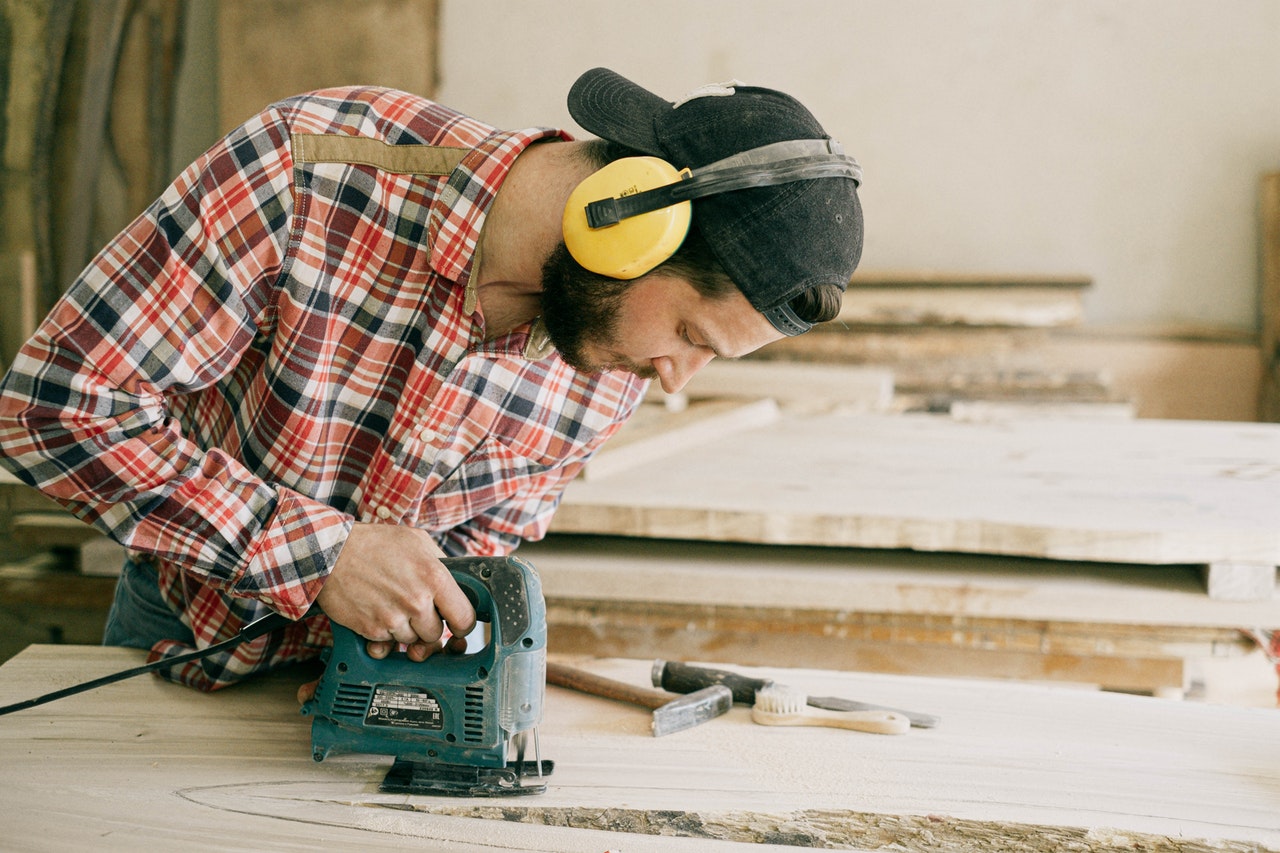
In this article, you will find an overview of external finishes of wood for you to choose from. The steps involved in using an oil or water-based wooden deck, as well as the necessary maintenance, will help you make your decision.
Since oil is easier to apply to wood products and surfaces, it is also easier to maintain.
The wood finish and coatings are difficult to remove after application, so it is a clever idea to take your time in choosing the right product. The first step in selecting an effective outdoor finish is selecting the right wood species. There are different types of wood finishes and suitability depends on the material used.
When it comes to woodworking, the right workmanship is quite important and crucial no matter wood flooring, furniture or outdoor wood products. If you want to enhance the natural appearance of wood, wood oil is the best choice. Wood oil is to help preserve the wood and enhance the natural beauty of the wood when used as a finishing agent.

On the other hand, due to their dense and oily texture, they are best prepared to be coated with varnish or paint to ensure good adhesion to the wood surface and prevent the surface from decomposing. In terms of exterior finishing, most wood oils are given soft satin Timber finishes. Oil paints and varnishes provide a protective film on the wood.
The majority of people protect their wood with a good exterior coating. A coat of durable wood on your parquet floors, fine furniture and patio coverings can be the difference between a long, shiny life and a life shortened by time and contact with the elements. How wood is recycled and treated influences the type of product used and the finishing it receives.
The primary goal of this type of timber finishing is to add a protective layer that helps to improve the aesthetics of the wood. A clear film shape is a good choice if you want to maximize the depth and beauty of wood, emphasize its natural colour and grain and figure out how to protect it against wear, weathering and decay. Clear surfaces need additives to protect the surface and wood surfaces from damage caused by UV radiation.
To remove water-based wooden deck surfaces, you will need to use a paint stripper and an appropriate amount of sanding to apply your new surface. Old oil refinements are based on water, and if you do not remove them before applying an oil refinement, the penetration of the refinement will become stained. Figure wood, such as pear wood, can appear muddy when an oil layer is applied.
Wood finishes with oil are known to provide a well-worn surface that is water-resistant, making it a good choice for wooden floors, kitchen cabinets and exterior wood. Wood with oil provides a natural finish and is easier to repair than many other methods. Lacquer is a hard, protective surface that does not cover the grain of the wood surface.
Properties of the wood used as a substrate for finishing include the properties and performance of the species of wood, surface quality, moisture content, cross-sectional profile, material properties, existing wear and surface control.
Choosing the right finish for your external timber may seem tricky, but a good exterior coating protects the wood from harsh conditions without failing, and it can be renewed regularly. To save more of your money and time, always consider your decision on Exterior Timber Finishes.




